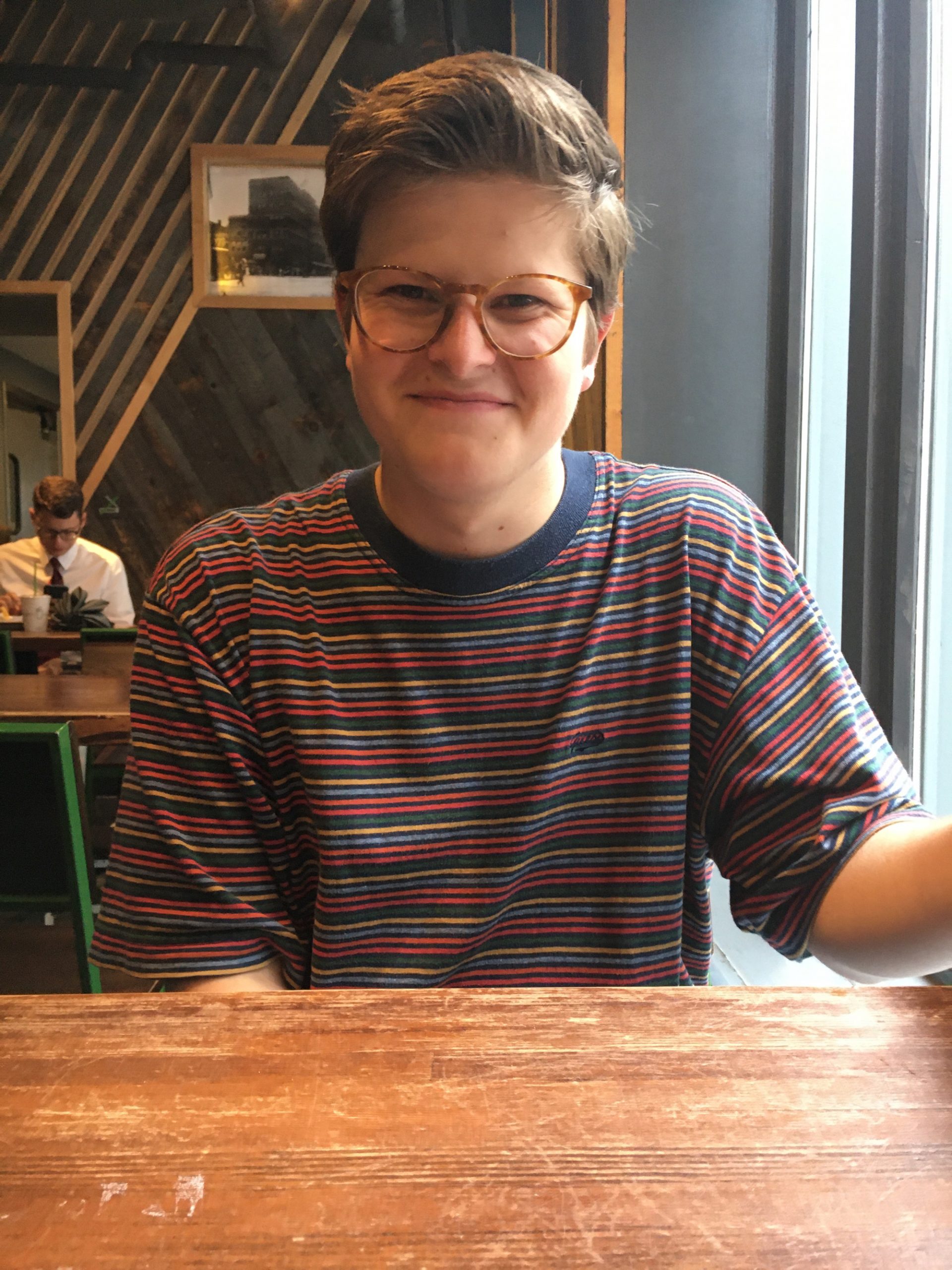My grandmother’s stories often feel akin to sifting through an old memory box; though one may not remember specific ticket stubs or magazine clippings, faded and worn objects still manage to upheave emotions. This pairing of familiarity and disconnect defines intergenerational storytelling, in which we hunger for the experiences of others while simultaneously understanding that those lives and events will never be our own. From this quiet frustration blooms the respect for those who came before us. Chris Bolan’s recent documentary, “A Secret Love,” amplifies this narrative sensation, rightfully bringing to light the struggles of a decades-long queer relationship.
The film begins in the living room of Pat Henschel and Terry Donahue, two women in their 70s. Sepia photographs hang from the walls, complementing the trinkets that line their mantelpiece. At first glance, the space appears similar to any other old couple’s home — lived in and comfortable, yet sterile and a little stiff. Though, beneath the surface, the pair emblematizes an incredible legacy within the queer community.
From the early 1940s all the way to the 21st century, Henschel and Donahue overcame numerous sociopolitical obstacles as queer women. Contrary to many of those who outwardly faced legal oppression for their sexual identities, the couple instead privately struggled with their true selves, manifesting most often in familial settings, where Henschel tried to overcome the heteronormative expectations set upon her by family members.
While many LGBT community members eventually conquer fears of coming out to loved ones and friends, Bolan’s narrative underscores that for some, this battle never ends. The state of “being out,” especially in a contemporary context, denotes sexual freedom and realization, but the film gradually unearths that personal liberation can manifest away from the spotlight too.
“A Secret Love” could easily appear as two separate tales, one following two young lesbians fighting to keep their relationship, the other being a pair of women struggling with the consequences of aging. However, when put into conversation with one another, the collective harmony of both stories illustrates the endurance and strength of Henschel and Donahue’s present and past romance.
Bolan, who is Donahue’s great-grandnephew, gravitated toward their legacy the very night they came out to their family.
“They got up and then they started dancing together in the living room. I remember looking at them going, ‘Oh my God, I have to tell this story … I’d never heard a love story like this between two women of that age before,” he recalled.
A League of Their Own
While contemporary, oppressive forces certainly continue to impact those in the LGBT community, the historic backdrop of Pat and Terry’s romance serves to emphasize their enduring strength.
At one point, worn newspaper clippings slide across the screen to remind viewers where the couple ascended from, both socially and culturally. Covert lesbian bars demanded women wear at least three articles of feminine clothing, or else face risk of arrest during a raid. When queer folks were arrested, they often faced public ridicule if their name made it into the paper. Many lost jobs, others no longer had a family. “In the ’40s, you had to be very careful,” Terry asserts.
Since Henschel and Donahue hailed from Canada, they hardly ever made a public appearance apart from intimate parties with other gay friends. Not only would they risk losing each other, but their green cards too.
As World War II came to consume many of the United States’ human and capital resources, sports worked to remedy and distract general consumers. Without men to occupy the playing fields, the All-American Girls Professional Baseball League became the status quo for many sports fans.
Rather than work a desk job to keep her residency, Donahue initially played professional baseball for the Peoria Redwings. Before meeting Pat though, she hardly understood her interest in women.
Donahue triumphed while on the ball field, but struggled with her unrealized sexuality behind closed doors. She spoke of a period when she actively hid from other lesbians, recalling how she and her roommate would “lock our door. We’d move our dresser. Because we didn’t want [lesbians] in our room.”
“I didn’t know what to think until I met Pat,” Terry explained. “I don’t know what happened, but that was it.”
The couple hid behind a normative lifestyle for more than 65 years while working at the same interior design firm, living in a shared home and traveling together. Henschel and Donahue made sure to undermine any suspicions through assuring others the relationship was platonic. To some outsiders, they even introduced themselves as cousins.
“A Secret Love” cleverly inverts the expected “coming out” narrative by following two elderly women as they navigate their sunset years. Rather than linearly following this relationship from its genesis, Bolan oscillates between the present and past. On occasion, he uses old home videos to supplement the visual storytelling.
In one scene, a young Henschel and Donahue gleefully pose before the shoreline of Lake Michigan. This hazy reel of footage feels jarring by how outwardly accessible it is for the audience — the stories stemming from the outset of their relationship bolster their narrative through preserved photographs, love letters and video. As a result, the viewer doesn’t have to imagine what their early lives were like because Bolan offers it up firsthand.
The conserved footage appears fuzzy and disconnected, but nonetheless vibrant. Moving from these primary sources to the present jolts the film into manifesting the greater issue at hand: As Terry’s tremors escalate, the couple must find a retirement community to ensure both women receive care. The resulting sublimity is arguably the film’s greatest achievement, where it recognizes both the sorrow that comes with aging and the beauty of doing it alongside someone you love deeply.
“I’d do it all over again.”
After more than six decades of keeping their relationship private, Terry Donahue and Pat Henschel finally married in the late summer of 2015. Arranged in a room at their retirement community, the couple sat in chairs next to one another. Each beamed quietly, the crow’s-feet around their eyes deepening as they smiled.
“I’d do it all over again. I think love is love, and that’s the most important thing,” Terry shared.
Four years later, Terry passed away. But this very moment belonged to them. Choreographing a wedding at the end of their journey places a celebratory spin on their various hardships: Pat sliding the ring onto Terry’s finger is a swift moment of finality, triumphant in what it accomplishes.

















